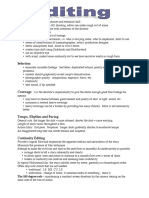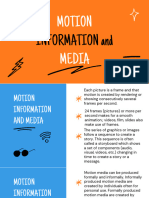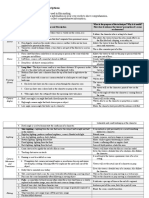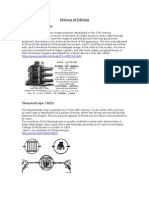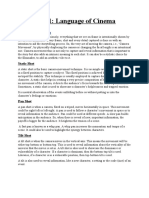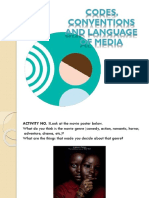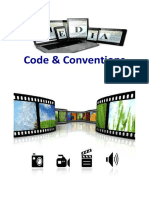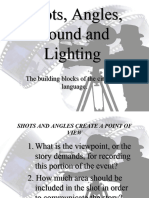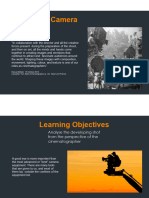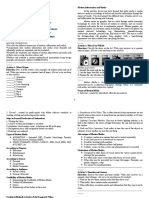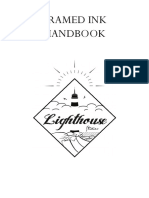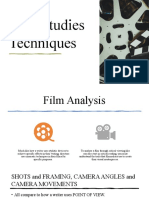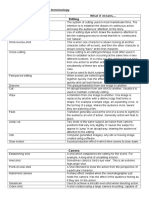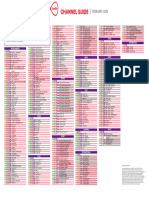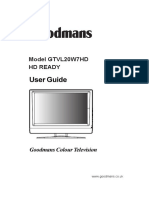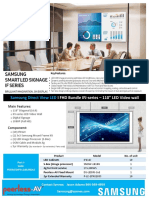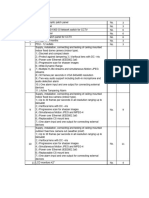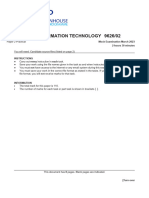100% found this document useful (1 vote)
435 views5 pagesSight Sound and Motion Notes 3
The document discusses concepts related to sight, sound, and motion in film and video production. It covers topics like visualization, deductive and inductive visual approaches, Zettl's 4 basic visualization factors, manipulating time, the illusion of motion, types of motion, rhythm and pacing, and factors that influence editing. Some key points are:
1) Visualization aims to clarify, intensify, and interpret messages for audiences through images and sounds.
2) Time can be manipulated in narrative storytelling by commercial constraints, eliminating unnecessary elements, drama conventions, and changes in filmmaking.
3) The illusion of motion is created through projecting a series of still images in quick succession, typically 24-30
Uploaded by
adam-cunninghamCopyright
© Attribution Non-Commercial (BY-NC)
We take content rights seriously. If you suspect this is your content, claim it here.
Available Formats
Download as DOCX, PDF, TXT or read online on Scribd
100% found this document useful (1 vote)
435 views5 pagesSight Sound and Motion Notes 3
The document discusses concepts related to sight, sound, and motion in film and video production. It covers topics like visualization, deductive and inductive visual approaches, Zettl's 4 basic visualization factors, manipulating time, the illusion of motion, types of motion, rhythm and pacing, and factors that influence editing. Some key points are:
1) Visualization aims to clarify, intensify, and interpret messages for audiences through images and sounds.
2) Time can be manipulated in narrative storytelling by commercial constraints, eliminating unnecessary elements, drama conventions, and changes in filmmaking.
3) The illusion of motion is created through projecting a series of still images in quick succession, typically 24-30
Uploaded by
adam-cunninghamCopyright
© Attribution Non-Commercial (BY-NC)
We take content rights seriously. If you suspect this is your content, claim it here.
Available Formats
Download as DOCX, PDF, TXT or read online on Scribd
/ 5



